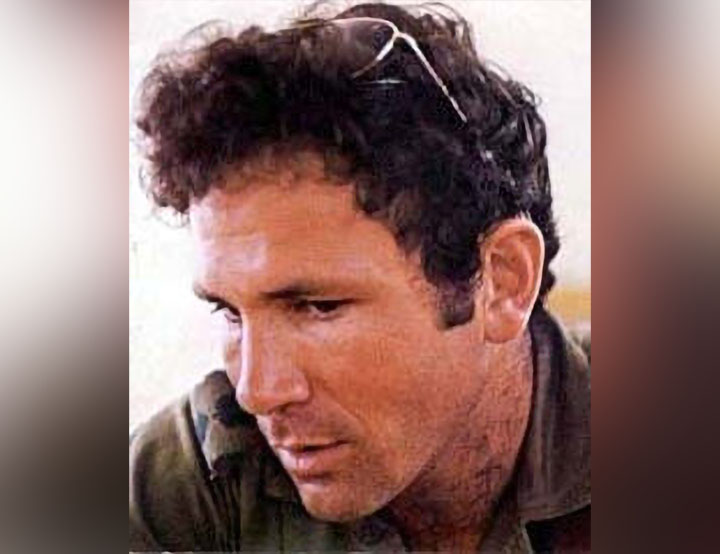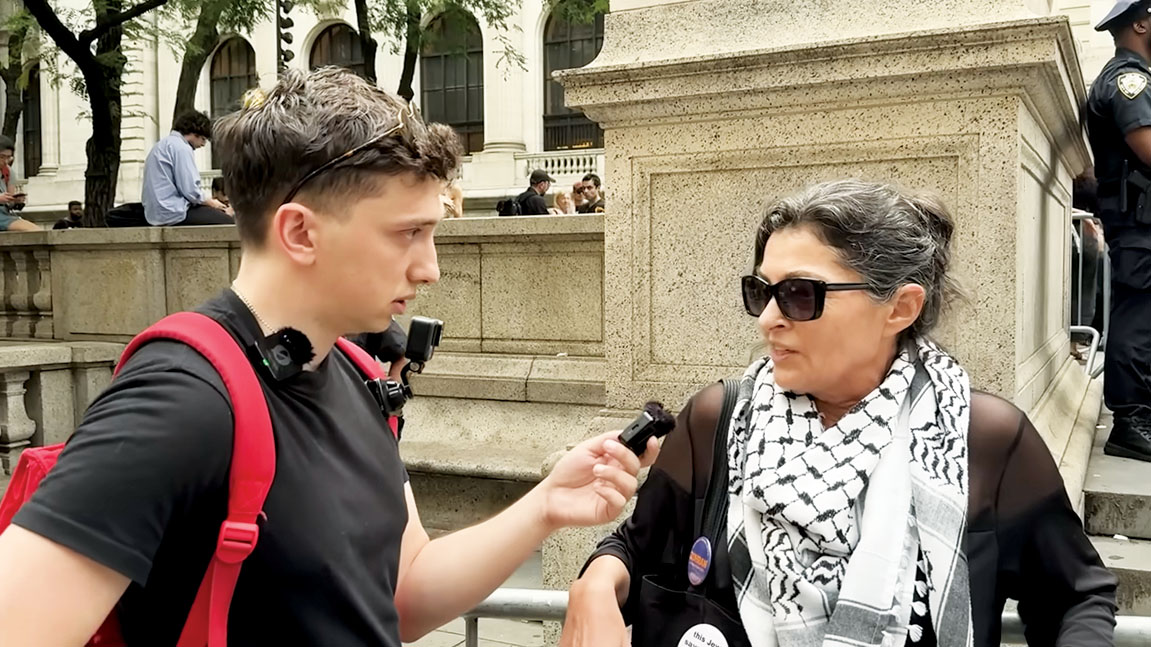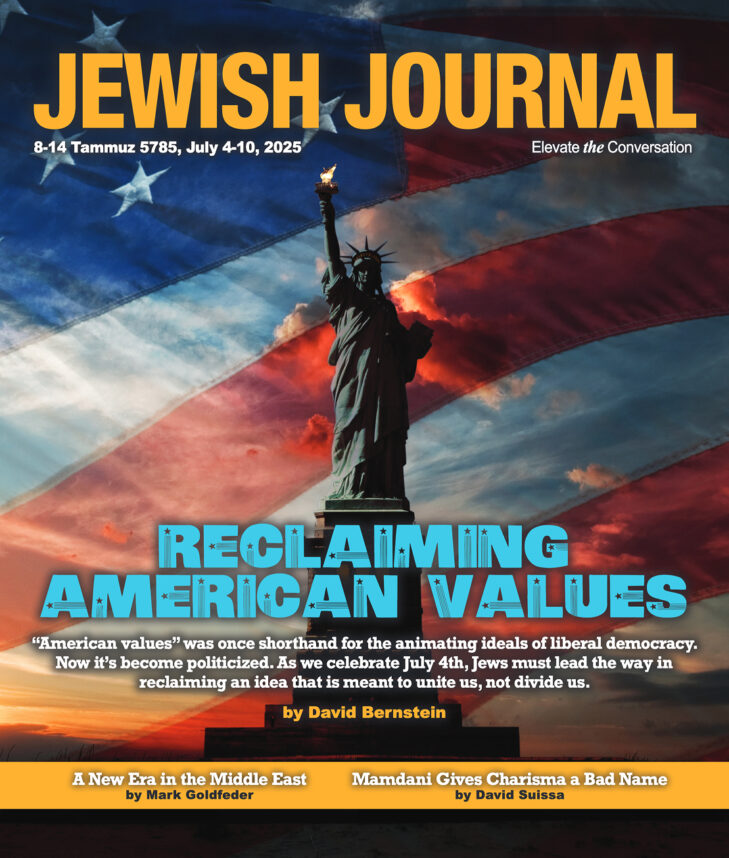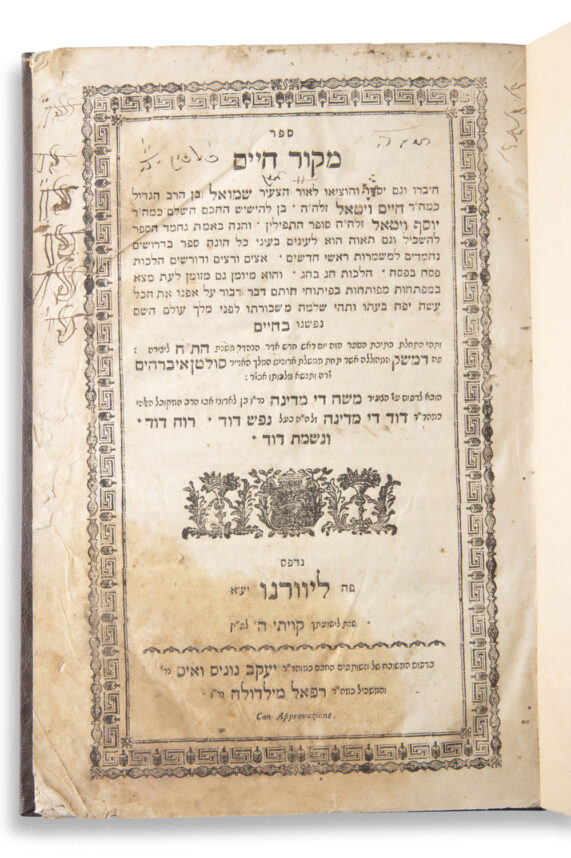Hundreds of Angelenos crowded the University of Judaism on two separate evenings late last month, as two researchers from the U.S. Holocaust Memorial Museum told a tale as compelling as any Hollywood film.
On May 13, 1939, a twin-smokestack luxury liner set sail from Hamburg, Germany, flying the Nazi swastika. On board the St. Louis were 937 passengers, most of them German Jews, eager to flee the Third Reich after Kristallnacht. With only a few dollars in their pockets, the passengers boarded the ship with high hopes of beginning new lives across the ocean.
It was not to be.
The St. Louis was turned away from the port of Havana, where the Jews had expected to disembark. The ship then headed north, but was again turned away off the coast of Florida, where the desperate refugees could see the lights of Miami twinkling in the distance. Immersed in despair, they were forced to return to Europe, where they received permission to resettle in Great Britain, France, Belgium and The Netherlands.
But their new homes offered only temporary refuge. Within several years, the Nazis had occupied much of Western Europe, and the Jews who once fled the Holocaust became its victims.
Almost half the St. Louis passengers perished, many in ghettos or concentration camps. The fate of many of the others remained unknown until Scott Miller and Sarah Ogilvie set out to do what historians had previously said was impossible: to discover the destiny of every single passenger aboard the St. Louis.
The two museum researchers vowed to tell each story in as much detail as possible. And since their quest began three years ago, they have accounted for all but 11 of the refugees.
“We want to put faces on the statistics,” Ogilvie said at the UJ. “We want to tell individual stories to show what happens when we do not respond to people in need.”
Since 1996, the historians’ search has unfolded like the pages of a detective novel. Their methods have been both traditional and quirky. When the paper trail of deportation and immigration lists ran cold, Miller and Ogilvie turned to the media; they received myriad tips about the missing passengers after articles on the St. Louis ran in periodicals such as The New York Times.
The historians chased leads from Israel to Chile; they phoned strangers; the pursued clues at Jewish burial societies, in vintage telephone books and on the roster lists of Jewish groups everywhere. Recently, they hit the road, searching for friends and relatives of St. Louis passengers in cities around the country.
In Los Angeles last week, they caught up with the five St. Louis survivors who are known to live in the area, including Czech-born Ana Marie Gordon and her 91-year-old mother, Sidonia Karmann, both of Tarzana. Gordon, who was 4 at the time, and her mother were the only passengers eventually deported to the Ravensbruck concentration camp for women.
During their trip to Los Angeles, Miller and Ogilvie also received some valuable new leads: At least 18 people with information about St. Louis passengers left their names and numbers with the researchers after the UJ events. “We were mobbed,” Ogilvie said.
Moreover, while perusing membership lists at the home of a 1939 Club past president, the historians chanced to meet the 92-year-old granddaughter of Charlotte Hecht, who, at 79, was the oldest passenger aboard the St. Louis. “She told us that her grandmother fled France for the U.S. in 1940,” Miller said.
The best lead of all came from a survivor who said he once met one of the 11 missing passengers, Lotte Sternlicht, in Recebedou, a Nazi camp in the south of France. Sternlicht was with her wheelchair-bound mother; the year was 1942. “That gives us a time and a place to start looking for information,” Miller said.
Ask Ogilvie about why the Holocaust Museum is spending so much time on the St. Louis, which was memorialized in the film “Voyage of the Damned,” and her answer is simple. “It’s our response to Americans who believe the Holocaust occurred somewhere else,” she says. “For Americans, the St. Louis is perhaps the best proof that there is no such thing as an innocent bystander.”
Missing Persons
Call Scott Miller at (202) 488-0495, fax him at (202) 314-7888 or e-mail him at smiller@ushmm.org if you have information about any of the following St. Louis passengers:
Ball (Lippert), Magdalena, of Berlin,
&’009; born March 4, 1900
Buchholz, Wilhelm, of Berlin, born Jan. 24, 1872
Goldbaum, Anna, of Berlin, born Dec. 10, 1875
Kaminker, Berthold, of Vienna, born Sept. 29, 1897
Lichtenstein, Fritz, of Berlin, born Feb. 15, 1887
Maschkowsky, Arthur, of Berlin, born July 13, 1888
Rebenfeld, Kurt, of Krefeld, born Nov. 28, 1899
Siegel, Arthur, of Ludwigshafen, born Jan. 19, 1891
Sternlicht, Lotte, of Dresden, born Dec. 9, 1905
Velmann (Fraencken), Walter, of Hamburg,
&’009;born May 4, 1906
Zweigenthal, Fritz, of Vienna, born June 8, 1909

































 More news and opinions than at a Shabbat dinner, right in your inbox.
More news and opinions than at a Shabbat dinner, right in your inbox.